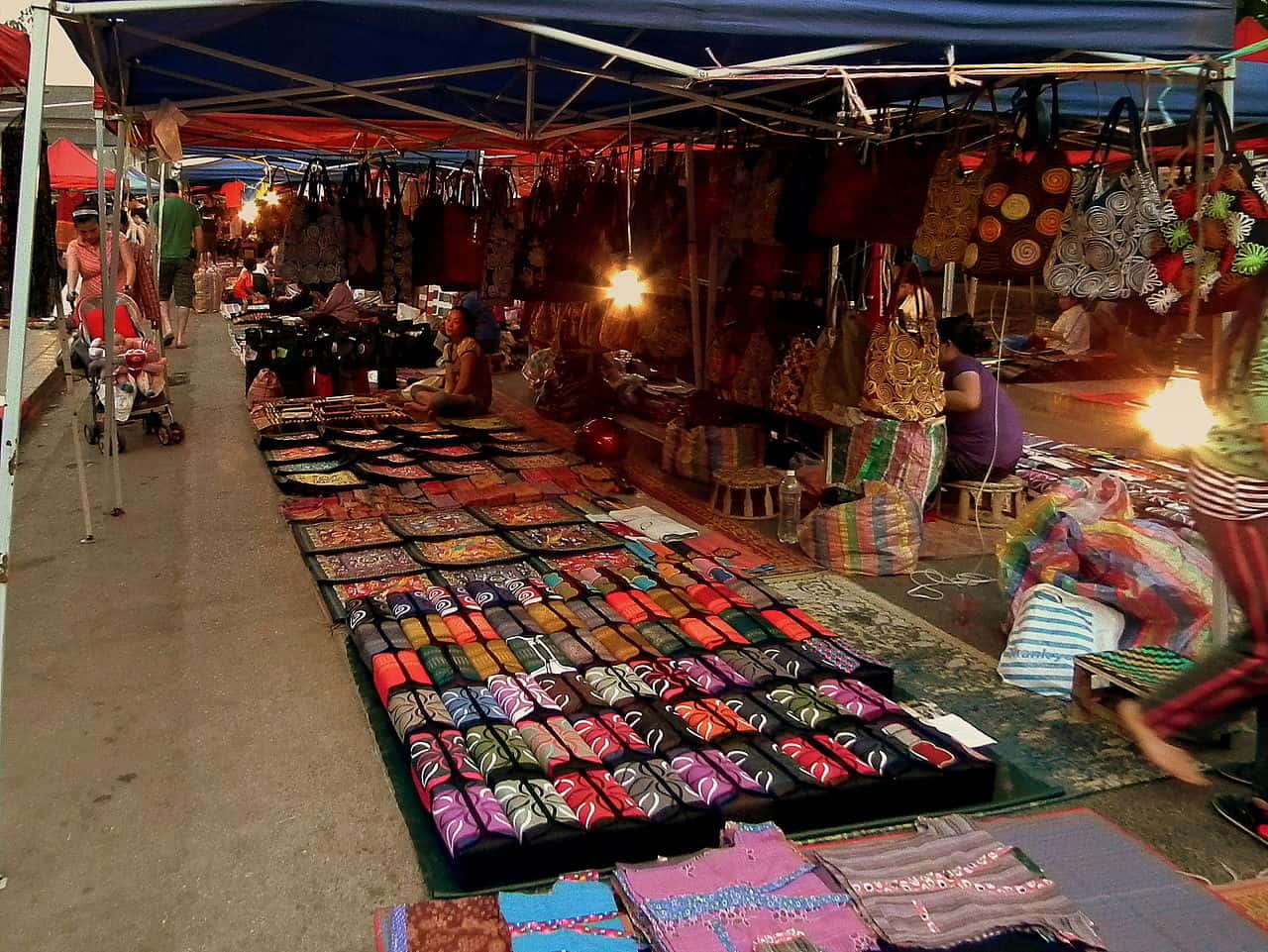NEW DELHI — How will Covid-19 affect developing countries’ growth prospects? The answer will depend largely on how globalization — and intellectual support for it — evolves in the pandemic’s aftermath. The prospects are not encouraging.
Even before the pandemic struck, the global merchandise export-to-GDP ratio had been declining for the first time since World War II, falling by about five percentage points since 2008 to about 20 percent this year.
This is not the first time that
Subscribe or login to read the rest.
Subscribers get full access to:
- Exclusive longform investigative journalism, Q&As, news and analysis, and data on Chinese business elites and corporations. We publish China scoops you won't find anywhere else.
- A weekly curated reading list on China from Andrew Peaple.
- A daily roundup of China finance, business and economics headlines.
We offer discounts for groups, institutions and students. Go to our
Subscriptions page for details.
Includes images from Depositphotos.com

